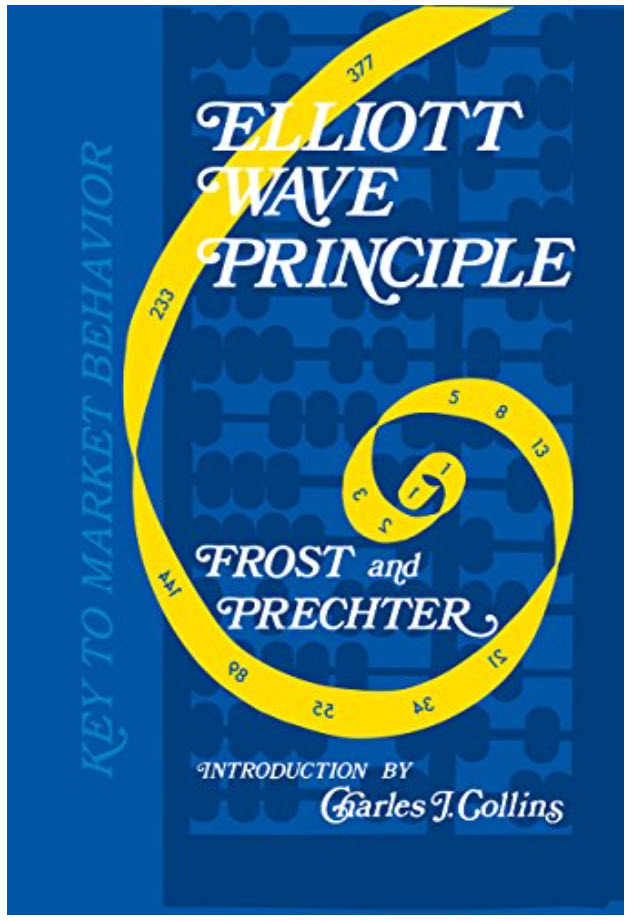Elliott Wave Analysis of the EUR/USD Currency Pair by Sid from ElliottWavePredictions.com. Click on the charts twice to enlarge.
Here are my long, intermediate, and short term Elliott Wave counts for the Euro. The weekly chart shows the large triangle that took exactly 3 years to complete. If the triangle did end in late October of last year as my weekly main wave count suggests, the thrust target, developed by using the Elliott Wave triangle measuring technique, (explained many times in other posts on this site), is near .93. Thats right . . below parity.
The daily chart shows the main and alternate counts. The main count is that the triangle ended on October 27, 2011, after wave E black retraced exactly .618 of wave D. Typically, one wave within a triangle will retrace .618 of the previous wave. The alternate count is that wave D of the large triangle didn’t end until January 13 of this year, and wave E black may still be underway. The reason this is my alternate count is that the upward movement from January 13 through February 24 counts best as corrective, and since Feb 24, counts best as a series of very bearish 1-2’s.
The 180 minute charts show my main and alternate interpretations of the price action in the Euro since February 24. As you can see, both are quite similar, with the only difference being whether the choppy, overlapping, corrective looking upward movement since April 18 is a contracting or expanding diagonal. Either way, the upward movement in the Euro is most likely very near completion, which, if these interpretations are correct, will be followed by a relentless and aggressive move to the downside. Please keep in mind that the ultimate invalidation of these diagonal counts is at 1.33865, although I doubt the Euro will be able to move up quite that far.
The MACD cannot be relied upon to give divergence signals during a diagonal (except on very short term charts, like 15m and below), but instead has a tendency to actually follow (delineate) the waves. Based on the highs and lows of the MACD line since April 18, my preferred interpretation is that the ending diagonal is contracting, in which case, if waves 1, 2, 3, and 4 of the diagonal are complete, wave 5 cannot move above 1.33156, because in a contracting diagonal, wave 5 must be shorter than wave 3 was. All of the other requirements of a contracting ending diagonal have been met: 3 is shorter than 1, 4 is shorter than 2, and all waves are corrective abc’s or wxy’s. Also, since truncations are possible for wave 5’s of contracting ending diagonals, wave 5 has already moved high enough to be considered complete.
Please join me for my weekly live webinar, where I go over my wave counts and targets for the world’s major stock markets, commodities, and currencies, and issue a confidence rating on the main and alternate wave counts on each. All enrollees will recieve access to a recording of the webinar immediately afterwards, whether in attendance “live” or not. Here’s how to enroll . .






